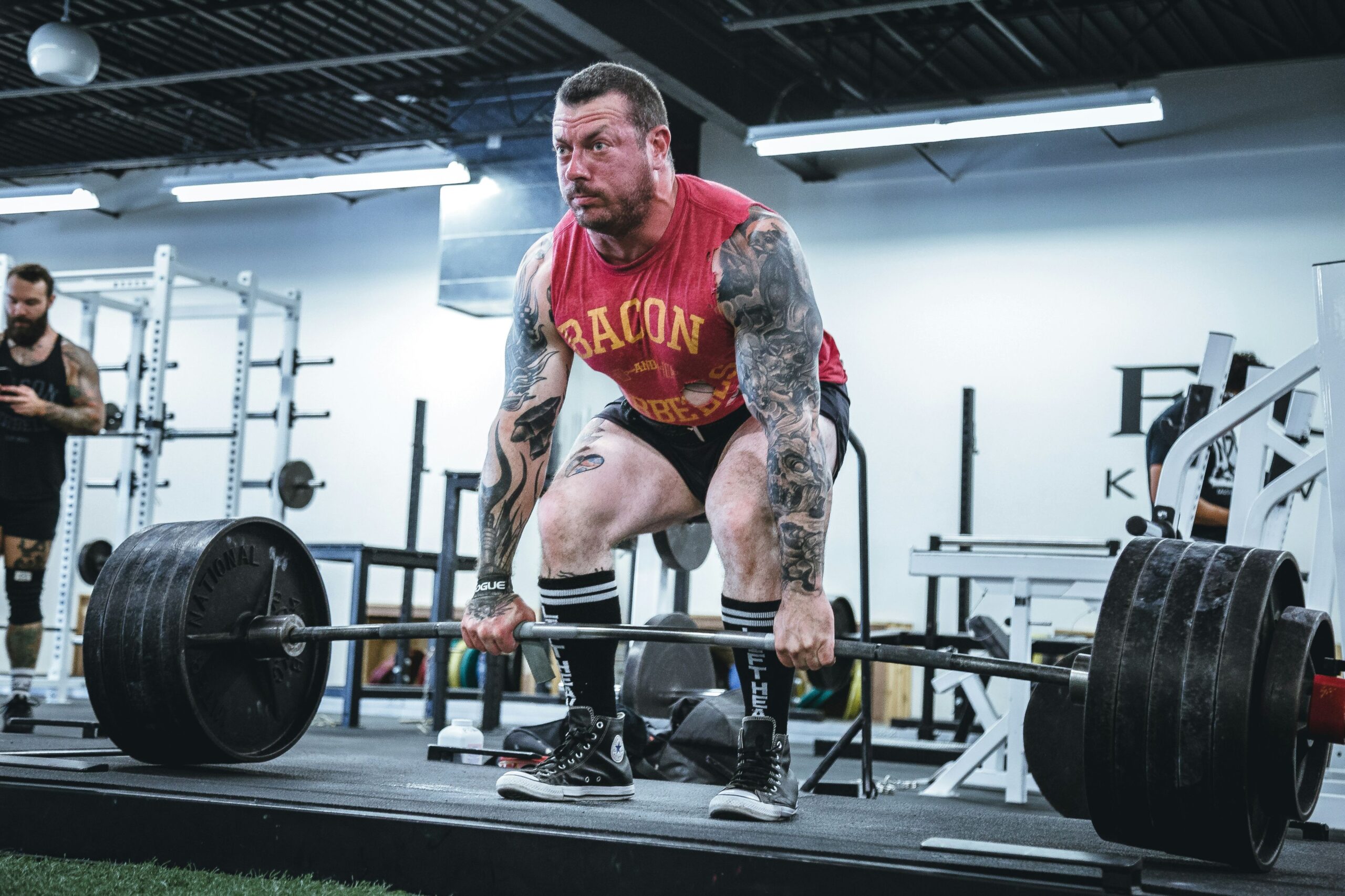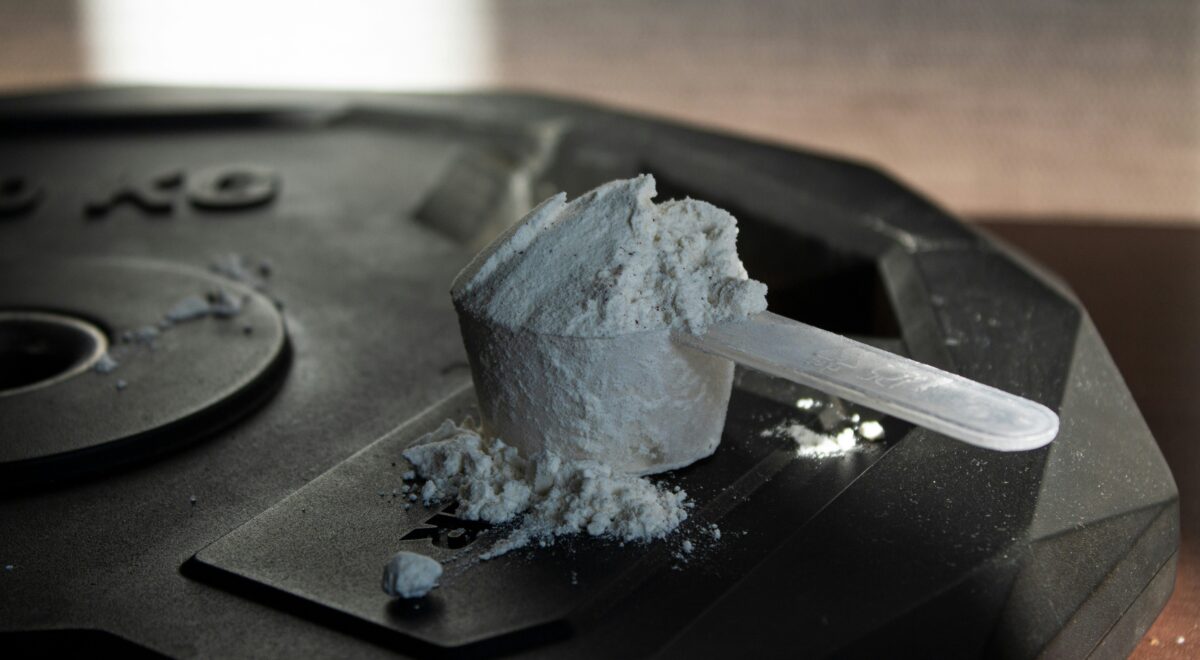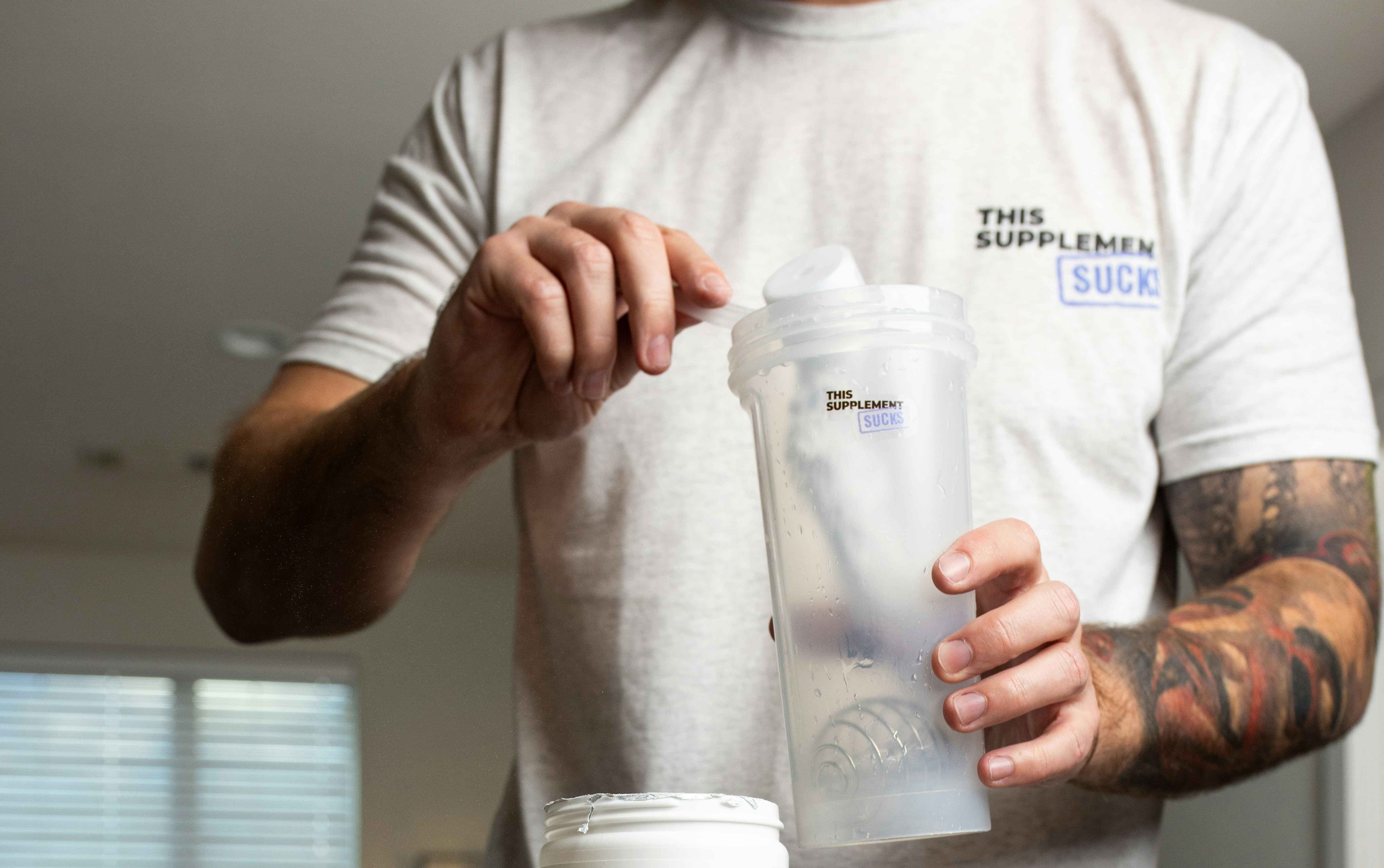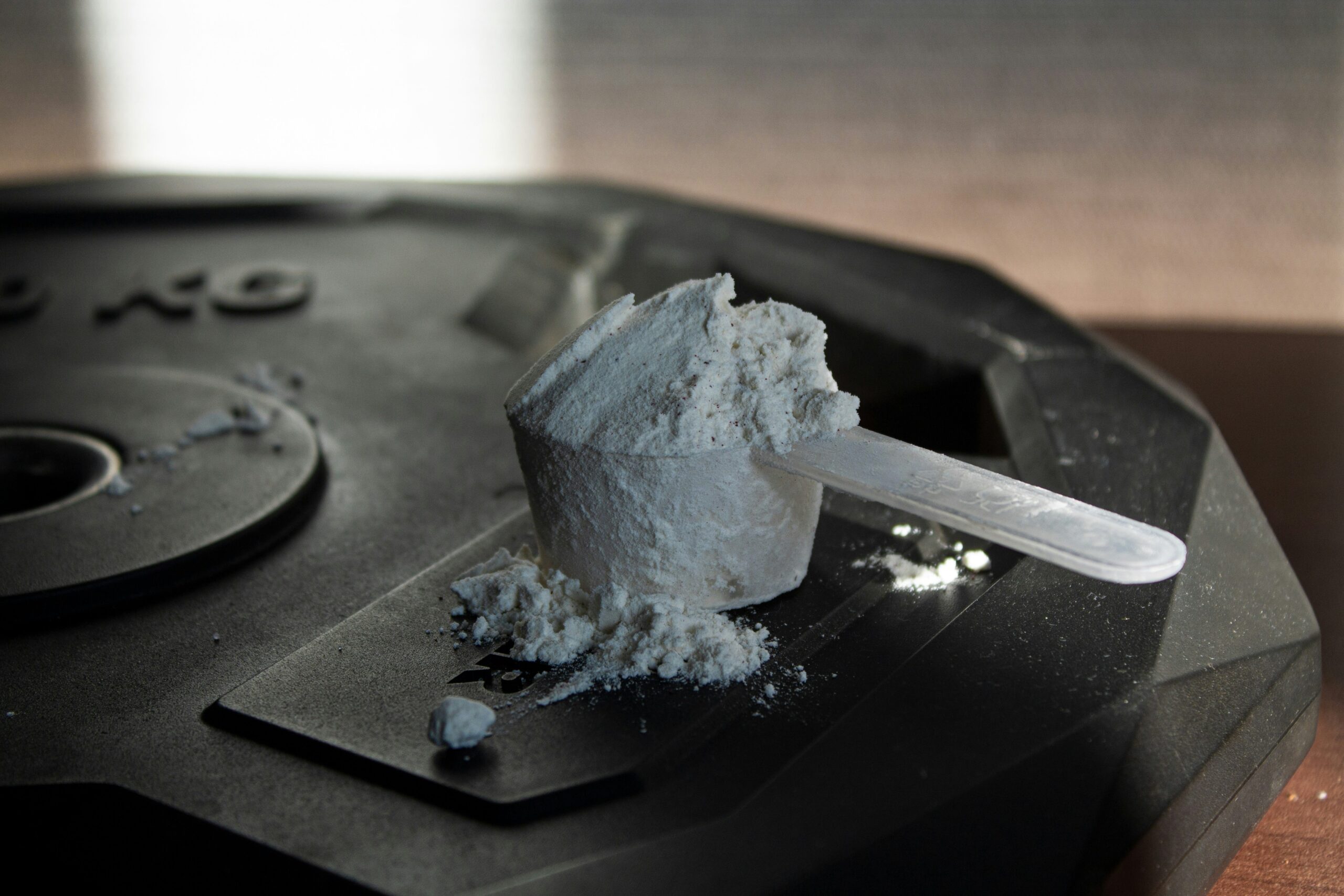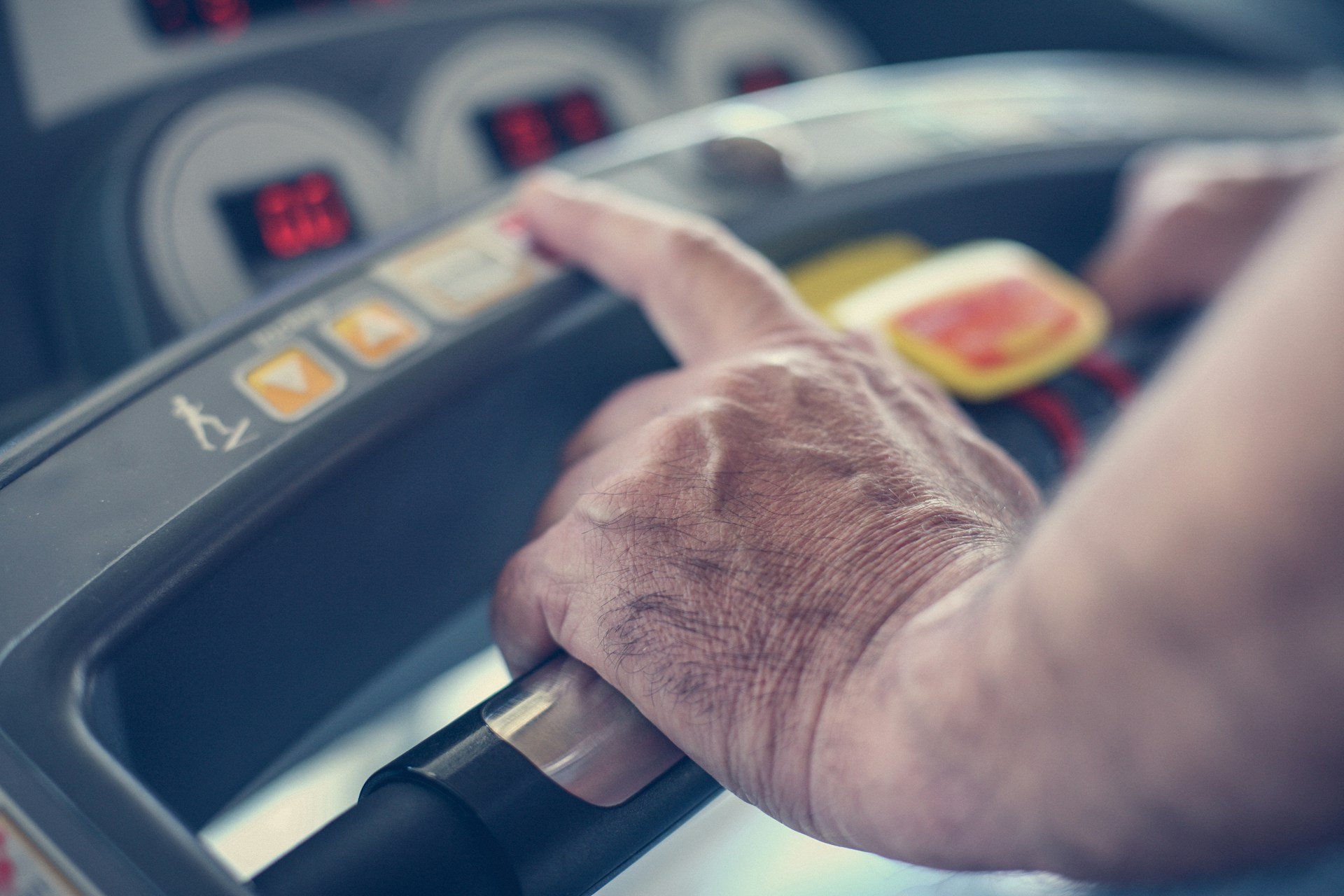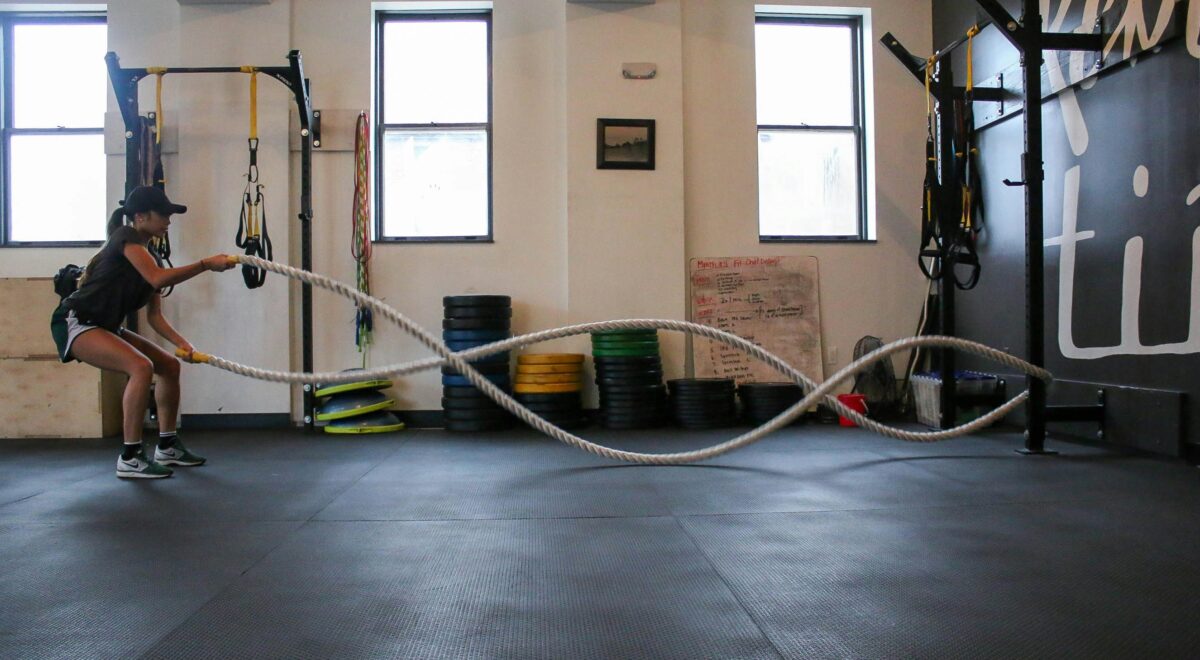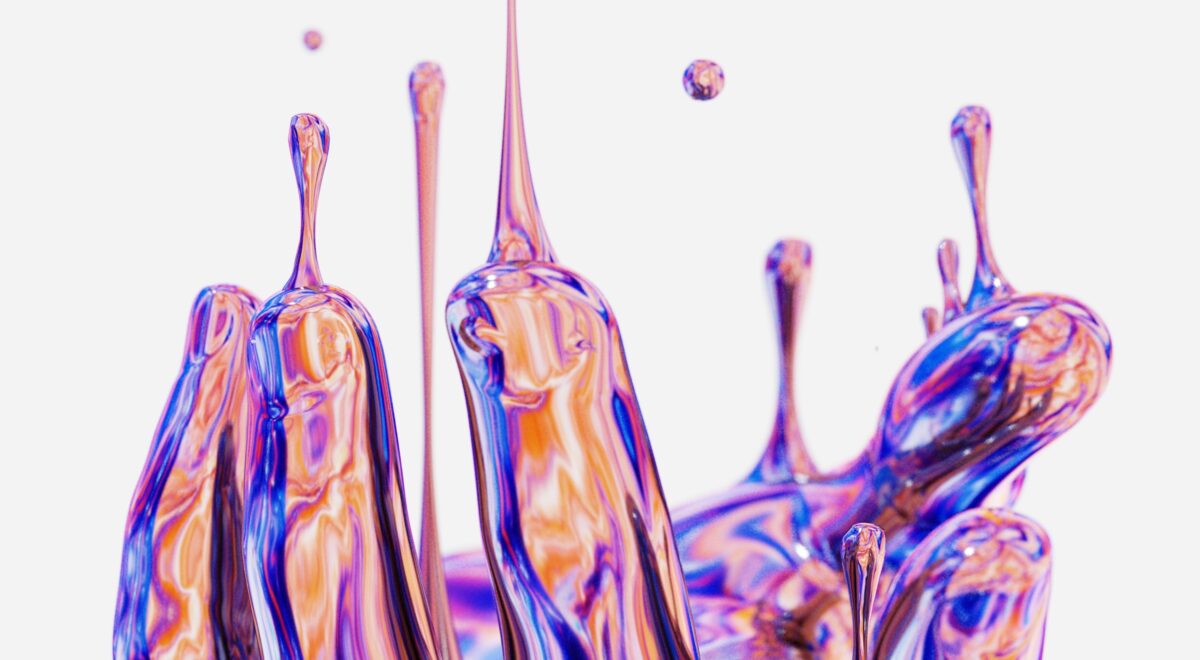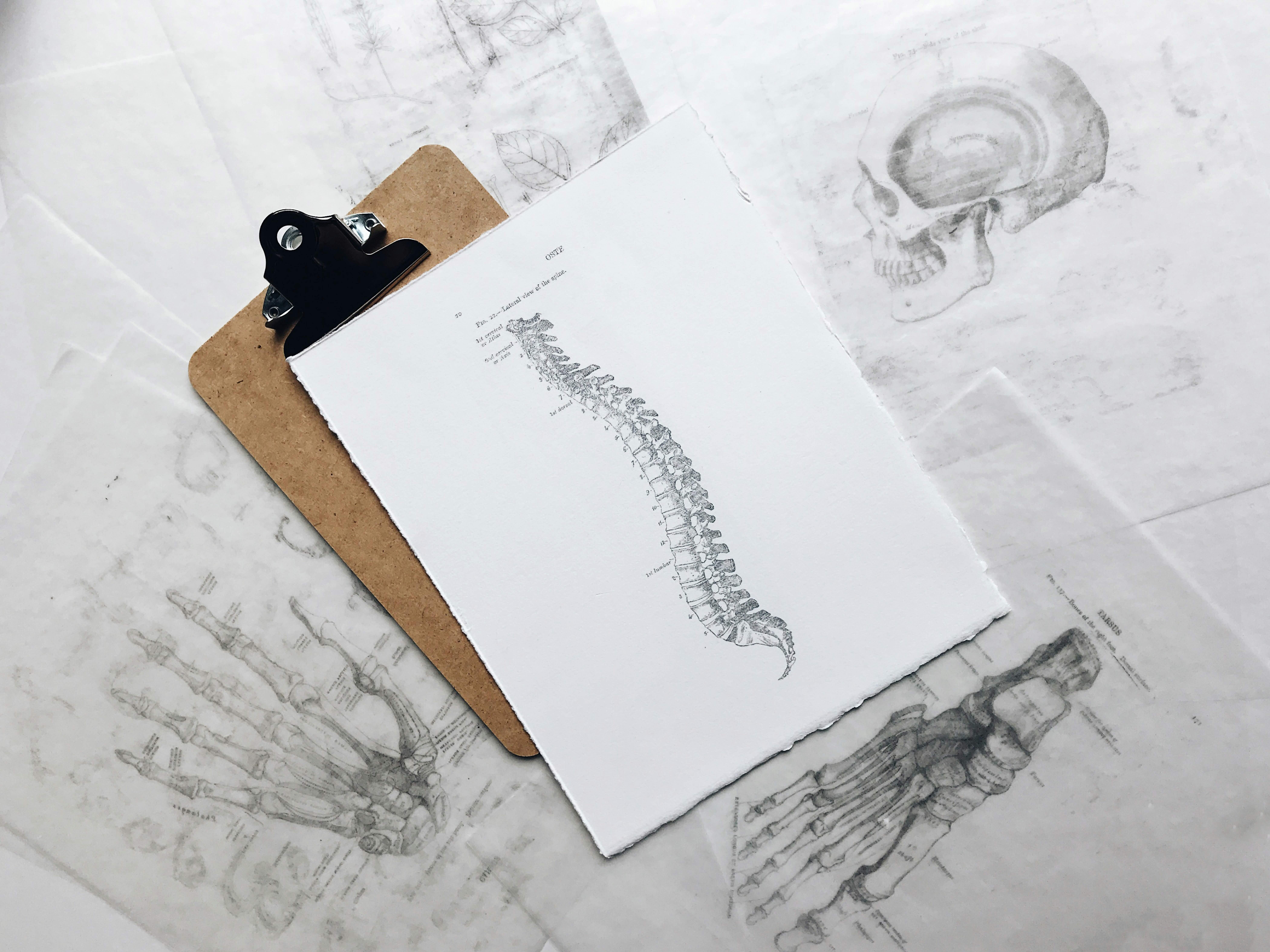In the world of fitness, where sweat meets determination and goals intertwine with discipline, lies an often complex underbelly. Beyond the toned muscles and glowing vitality is a psychological landscape where the pursuit of physical excellence can morph into something unforeseen. Imagine a scenario – the exhilaration of setting personal records, the euphoria of post-workout endorphins, and the undeniable sense of accomplishment that accompanies a healthier lifestyle. These experiences, seemingly positive on the surface, can sometimes take an unexpected turn & in this context, it’s important to take time in understanding exercise addiction.
Exercise addiction and muscle dysmorphia are two intricate psychological phenomena that share a common thread – compulsive engagement in physical exercise. Diving into the depths of research, these behaviours have been recognised as forms of behavioural addiction, drawing parallels with other compulsive tendencies. Interestingly, their intertwining with addictive pathologies like emotional dependence, often rooted in childhood attachment experiences, adds another layer of complexity to their understanding.
The Ghosts of The Past Overpowering The Will To Be Healthy Now
Body image issues have become increasingly common in the recent past with the increase in media consumption & connectivity. The sensation of feeling overweight can be an all-consuming, complex experience, leading to people going to any lengths to gain or lose weight, often with quick fixes that may not be the best for their health. But it’s important to recognise that our bodies don’t undergo rapid changes in shape, size, or fat distribution daily or hourly.
“In my journey of being a fitness coach, I’ve come across people who’ve dealt with serious body image issues because of which they reach out to look as good as possible, no matter what it may cost them,” says Abhishek Munian, Fitness coach & nutritionist. “They need guidance and a little empathy, not inspirational quotes to force positivity down their throats,” he adds.
Often, we mislabel the emotions we associate with feeling overweight. In reality, when we feel “fat,” we may be describing a state or sensation that holds a specific and descriptive meaning for us individually. Research reveals that individuals, particularly those grappling with food disorders and body image issues, tend to link feeling fat with feeling negative. Consequently, we perpetuate the notion that being thinner equates to improved health and happiness. However, it’s the underlying negative feelings we are trying to capture with this phrase—a multi-layered complexity that goes beyond just physical appearance.
Our perceived “body image” serves as an internal shorthand, representing a myriad of subtle emotional events and changes within ourselves.
The Potential Risks and Harms
“A person suffering from muscle dysmorphia may often find it difficult to halt their exercise routines, even when faced with pain or injuries that require healing,” says Dr Parikshit Bhattacharyya, nutritionist. Their response to any perceived imperfection in their physical appearance becomes excessive, as they continually strive for an often fictional level of muscularity and leanness that is never quite enough. Engaging in extremely strict diets and avoiding eating at restaurants or others’ homes to maintain control over their nutrition is common. They are often consumed with their body fat percentage and may resort to using anabolic steroids in an effort to enhance muscle gain.
One of the most challenging aspects of muscle dysmorphia is that those suffering from it often hesitate to seek treatment or recognise the need for help. This reluctance can lead to a host of other symptoms with severe consequences, such as muscular and joint damage, kidney and liver impairment, and cardiovascular issues.
Addressing these concerns and promoting a path towards recovery necessitates a supportive and understanding approach.
Is There a Cure For This Complex Illness?
The treatment of Muscle Dysmorphia remains an area that requires further exploration and research. Medical opinions are primarily informed by anecdotes and case reports, highlighting the need for more comprehensive investigations.
Among the potential treatment options, Cognitive Behavioural Therapy (CBT) and Selective Serotonin Reuptake Inhibitors (SSRIs) have been suggested, as they are the primary treatments used for Body Dysmorphic Disorder (BDD).
CBT, a form of talk therapy, can be conducted individually or in a group setting. It targets the psychological factors that may have contributed to the development of muscle dysmorphia. On the other hand, SSRIs, are a class of antidepressants that have shown promise in treating Body Dysmorphic Disorder and may be recommended by doctors for cases of moderate or severe BDD or MD. It’s essential to note that these medications may take up to 12 weeks to achieve their full effectiveness. In cases where individuals have turned to steroids or performance-enhancing drugs due to MD, endocrine treatment may also be necessary to rebalance hormone levels. The medical community is still in the early stages of comprehending MD and determining the most effective treatment approaches.



 Muscle hypertrophy, or the increase in muscle size, is a goal for many fitness enthusiasts. Whether you’re aiming for aesthetics, strength, or both, optimizing your workouts with scientifically backed exercises is key. This guide breaks down the best exercises for muscle hypertrophy so you can maximize results in the gym.
Muscle hypertrophy, or the increase in muscle size, is a goal for many fitness enthusiasts. Whether you’re aiming for aesthetics, strength, or both, optimizing your workouts with scientifically backed exercises is key. This guide breaks down the best exercises for muscle hypertrophy so you can maximize results in the gym.
 If you’re into sports, you know how quickly an injury can sideline you—whether you’re just trying to stay fit or you’re in the middle of a serious training block. But here’s the thing: how to prevent sports injuries isn’t just a mystery. It’s all about smart preparation and protecting your body from the start. In this article, we’ll break down the best strategies to avoid common sports injuries and help you stay active, injury-free, and performing at your best.
If you’re into sports, you know how quickly an injury can sideline you—whether you’re just trying to stay fit or you’re in the middle of a serious training block. But here’s the thing: how to prevent sports injuries isn’t just a mystery. It’s all about smart preparation and protecting your body from the start. In this article, we’ll break down the best strategies to avoid common sports injuries and help you stay active, injury-free, and performing at your best.
















